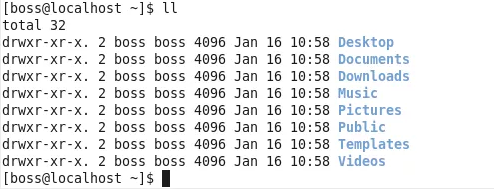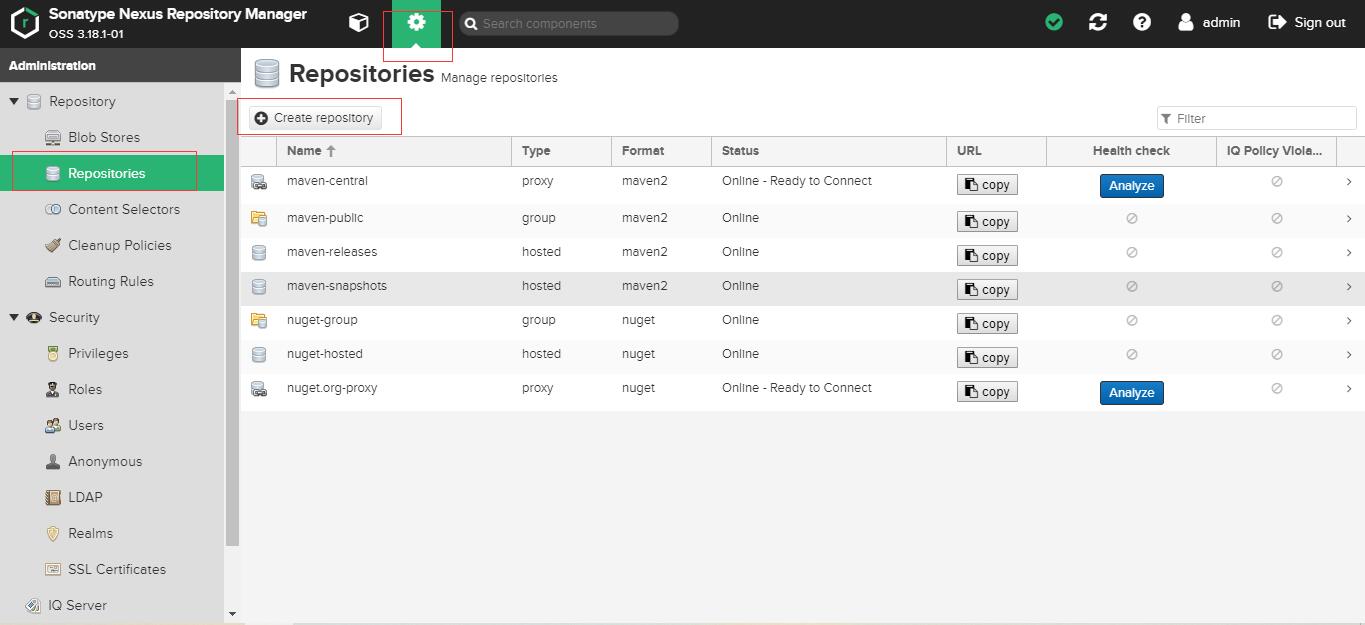Installed docx on Windows 7 here:
D:\Program Files (x86)\Python27\Lib\site-packages as shown below:

Installed docx on OS X at /Library/Frameworks/Python.framework/Versions/2.7/lib/python2.7/site-packages/docx-0.0.2-py2.7.egg-info as shown below:

Following is the sample script (named as docx_example.py), which runs absolutely fine on the python interpreter:
#!/usr/bin/env python
'''
This file makes an docx (Office 2007) file from scratch, showing off most of python-docx's features.
If you need to make documents from scratch, use this file as a basis for your work.
Part of Python's docx module - http://github.com/mikemaccana/python-docx
See LICENSE for licensing information.
'''
from docx import *
if __name__ == '__main__':
# Default set of relationshipships - these are the minimum components of a document
relationships = relationshiplist()
# Make a new document tree - this is the main part of a Word document
document = newdocument()
# This xpath location is where most interesting content lives
docbody = document.xpath('/w:document/w:body', namespaces=nsprefixes)[0]
# Append two headings and a paragraph
docbody.append(heading('''Welcome to Python's docx module''',1) )
docbody.append(heading('Make and edit docx in 200 lines of pure Python',2))
docbody.append(paragraph('The module was created when I was looking for a Python support for MS Word .doc files on PyPI and Stackoverflow. Unfortunately, the only solutions I could find used:'))
# Add a numbered list
for point in ['''COM automation''','''.net or Java''','''Automating OpenOffice or MS Office''']:
docbody.append(paragraph(point,style='ListNumber'))
docbody.append(paragraph('''For those of us who prefer something simpler, I made docx.'''))
docbody.append(heading('Making documents',2))
docbody.append(paragraph('''The docx module has the following features:'''))
# Add some bullets
for point in ['Paragraphs','Bullets','Numbered lists','Multiple levels of headings','Tables','Document Properties']:
docbody.append(paragraph(point,style='ListBullet'))
docbody.append(paragraph('Tables are just lists of lists, like this:'))
# Append a table
docbody.append(table([['A1','A2','A3'],['B1','B2','B3'],['C1','C2','C3']]))
docbody.append(heading('Editing documents',2))
docbody.append(paragraph('Thanks to the awesomeness of the lxml module, we can:'))
for point in ['Search and replace','Extract plain text of document','Add and delete items anywhere within the document']:
docbody.append(paragraph(point,style='ListBullet'))
# Search and replace
print 'Searching for something in a paragraph ...',
if search(docbody, 'the awesomeness'): print 'found it!'
else: print 'nope.'
print 'Searching for something in a heading ...',
if search(docbody, '200 lines'): print 'found it!'
else: print 'nope.'
print 'Replacing ...',
docbody = replace(docbody,'the awesomeness','the goshdarned awesomeness')
print 'done.'
# Add a pagebreak
docbody.append(pagebreak(type='page', orient='portrait'))
docbody.append(heading('Ideas? Questions? Want to contribute?',2))
docbody.append(paragraph('''Email <python.docx@librelist.com>'''))
# Create our properties, contenttypes, and other support files
coreprops = coreproperties(title='Python docx demo',subject='A practical example of making docx from Python',creator='Mike MacCana',keywords=['python','Office Open XML','Word'])
appprops = appproperties()
contenttypes = contenttypes()
websettings = websettings()
wordrelationships = wordrelationships(relationships)
# Save our document
savedocx(document,coreprops,appprops,contenttypes,websettings,wordrelationships,'docx_example.docx')
Following is the setup script (named as docx_setup.py) to create the standalone (.app in Mac OSX and .exe in Windows 7):
import sys,os
# Globals: START
main_script='docx_example'
dist_dir_main_path=os.path.abspath('./docx-bin')
compression_level=2
optimization_level=2
bundle_parameter=1
skip_archive_parameter=False
emulation_parameter=False
module_cross_reference_parameter=False
ascii_parameter=False
includes_list=['lxml.etree','lxml._elementpath','gzip']
# Globals: STOP
# Global Functions: START
def isDarwin():
return sys.platform=='darwin'
def isLinux():
return sys.platform=='linux2'
def isWindows():
return os.name=='nt'
# Global Functions: STOP
if isDarwin():
from setuptools import setup
# Setup distribution directory: START
dist_dir=os.path.abspath('%s/osx' %(dist_dir_main_path))
if os.path.exists(dist_dir):
os.system('rm -rf %s' %(dist_dir))
os.system('mkdir -p %s' %(dist_dir))
# Setup distribution directory: STOP
APP = ['%s.py' %(main_script)]
OPTIONS={'argv_emulation': False,
'dist_dir': dist_dir,
'includes': includes_list
}
print 'Creating standalone now...'
setup(app=APP,options={'py2app': OPTIONS},setup_requires=['py2app'])
os.system('rm -rf build')
os.system('tar -C %s -czf %s/%s.tgz %s.app' %(dist_dir,dist_dir,main_script,main_script))
os.system('rm -rf %s/%s.app' %(dist_dir,main_script))
print 'Re-distributable Standalone file(s) created at %s/%s.zip. Unzip and start using!!!' %(dist_dir,main_script)
elif isWindows():
from distutils.core import setup
import py2exe
# Setup distribution directory: START
dist_dir=os.path.abspath('%s/win' %(dist_dir_main_path))
if os.path.exists(dist_dir):
os.system('rmdir /S /Q %s' %(dist_dir))
os.system('mkdir %s' %(dist_dir))
# Setup distribution directory: STOP
OPTIONS={'compressed': compression_level,
'optimize': optimization_level,
'bundle_files': bundle_parameter,
'dist_dir': dist_dir,
'xref': module_cross_reference_parameter,
'skip_archive': skip_archive_parameter,
'ascii': ascii_parameter,
'custom_boot_script': '',
'includes': includes_list
}
print 'Creating standalone now...'
setup(options = {'py2exe': OPTIONS},zipfile = None,windows=[{'script': '%s.py' %(main_script)}])
print 'Re-distributable Standalone file(s) created in the following location: %s' %(dist_dir)
os.system('rmdir /S /Q build')
Now comes the real problem.
Following is the error posted on Mac OS X console after trying to use the docx_example.app, created using the command python docx_setup.py py2app:
docx_example: Searching for something in a paragraph ... found it!
docx_example: Searching for something in a heading ... found it!
docx_example: Replacing ... done.
docx_example: Traceback (most recent call last):
docx_example: File "/Users/admin/docx-bin/osx/docx_example.app/Contents/Resources/__boot__.py", line 64, in <module>
docx_example: _run('docx_example.py')
docx_example: File "/Users/admin/docx-bin/osx/docx_example.app/Contents/Resources/__boot__.py", line 36, in _run
docx_example: execfile(path, globals(), globals())
docx_example: File "/Users/admin/docx-bin/osx/docx_example.app/Contents/Resources/docx_example.py", line 75, in <module>
docx_example: savedocx(document,coreprops,appprops,contenttypes,websettings,wordrelationships,'docx_example.docx')
docx_example: File "docx.pyc", line 849, in savedocx
docx_example: AssertionError
docx_example: docx_example Error
docx_example Exited with code: 255
Following is the error posted in docx_example.exe.log file in Windows 7 after trying to use the docx_example.exe, created using the command python docx_setup.py py2exe:
Traceback (most recent call last):
File "docx_example.py", line 75, in <module>
File "docx.pyo", line 854, in savedocx
WindowsError: [Error 3] The system cannot find the path specified: 'D:\\docx_example\\docx_example.exe\\template'
As you can see, both OS X and Windows 7 are referring to something similar here. Please help.





